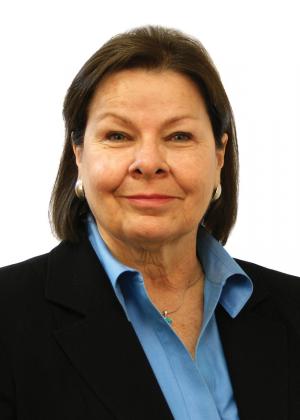Built to Last Means Built to Change
Karen George is a technical leader with the information and communications technology program in EPRI’s Power Delivery and Utilization group. She is engaged in projects focused on the integration of distributed energy resources, most recently with EPRI enterprise architecture and systems integration projects. And with the Smart Grid Demonstration Initiative, a seven-year project involving twenty-four utilities in the United States, Australia, Canada, France, Ireland and Japan.
The electricity grid has been called the largest, most complex machine ever built. And that was before the advent of the internet of things. It was also before the wider deployment of smart meters, intelligent energy devices of all sorts, and distributed energy resources such as solar photovoltaics, electric storage, and electric vehicles.

The introduction of distributed energy resources is already fundamentally changing power flows. It increases the amount of data that must be processed, and challenges the ability of controllers to react quickly enough to developing situations. At the same time, smart meters and emerging market designs offer the opportunity to provide greater customer choice and innovative services.
The complexity and changing nature of the electricity grid calls for a new approach. The ability of electric grid operators to take advantage of connected devices and systems is stymied by a grid that is largely built with legacy and proprietary technology. That technology is not yet completely interoperable with the new systems.
The industry recognizes that the power grid has become too complex for intuitive or siloed solutions.
The impact of having different siloed systems with their own networks means high installation, integration, and operational costs for distribution information and communications systems.

